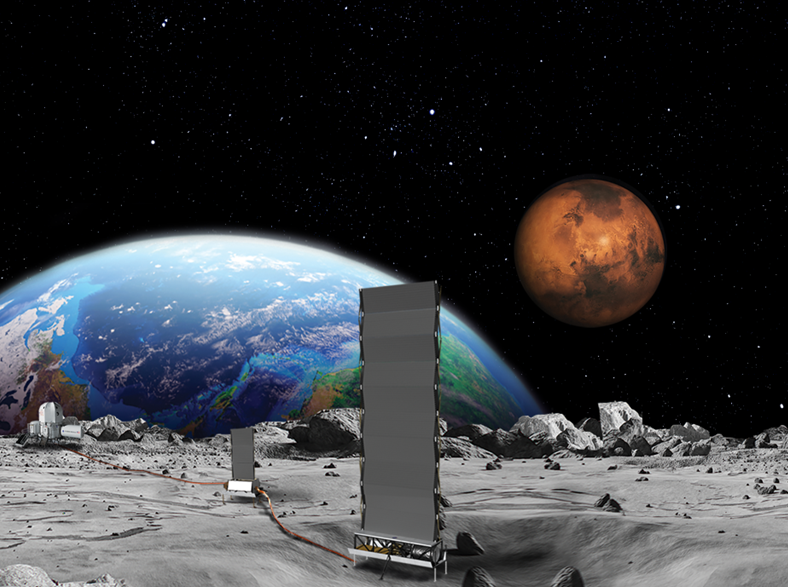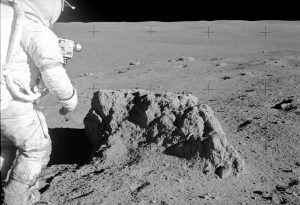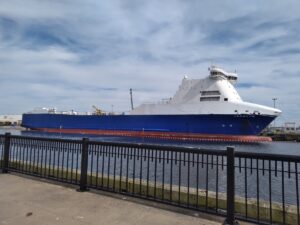NASA Completes the First Phase of its Fission Surface Power Project
4th Feb 2024
NASA has announced the wrapping up of the first phase of its Fission Surface Power Project, which aimed to create conceptual designs for a compact nuclear fission reactor that could produce electricity. The reactor was intended for potential use during a demonstration on the Moon and could also serve as a reference for future designs for Mars.
In 2022, NASA granted three contracts worth $5 to business associates. The main goal behind these agreements was to develop the initial design of a system that included a reactor, power management, heat rejection, energy conversion, and supply networks. The partners were also required to estimate the costs and create a development plan to build a long-term human presence on the Moon for at least a decade.
NASA’s Flexible Design Requirements for Lunar Reactor Project
Solar-powered systems have restrictions on the moon, and as a result, NASA looks to explore the potential of nuclear reactors for generating electricity. A nuclear reactor could very well be placed in an area always in the shadow (where there might be water ice present) or used to produce power continuously during the 14-and-a-half-day lunar nights. To ensure that the commercial partners have the freedom to bring in creative technical solutions, NASA has designed the first reactor project’s requirements to be flexible.
Nevertheless, NASA has set specific requirements for the lunar reactor project. The reactor must weigh less than six metric tons and have the capacity to produce 40 kilowatts of electrical energy. This electrical output has been deemed adequate for demonstration objectives as well as for running rovers, scientific experiments, lunar habitats, or backup grids. For reference, an average of 40 kilowatts can provide electricity to 33 households in the United States.
NASA has also established a target for the reactor to function without human intervention for ten years, which is crucial to its effectiveness. The design must emphasize safety, particularly regarding shielding and radiation exposure. In addition to fulfilling the specified criteria, the collaborations envisioned methods for activating and managing the reactor remotely.
They took note of potential defects and examined various fuel and configuration options. The involvement of terrestrial nuclear firms paired with space-related expertise in partner companies resulted in diverse ideas.
NASA to Expand Phase 1 Contracts for More Data Before Phase 2
NASA intends to expand the three Phase 1 contracts to acquire further data before Phase 2, which will solicit the industry to create the ultimate reactor for the lunar demonstration.
The plan is to announce an open call for Phase 2 in 2025. Moreover, the aim is to have a reactor delivered to the launch pad by the early 2030s. Once the reactor is transported to the Moon, it will undergo a year-long demonstration and operate for the next nine years. If the project proves successful, the reactor’s design may be updated for possible use on Mars.
Besides preparing for the second Phase, NASA has granted contracts to companies Brayton Energy, General Electric, and Rolls Royce North American Technologies Inc. to create Brayton power converters. Such converters are necessary to convert thermal power from nuclear fission into electrical energy. Brayton converters use heat differences to turn turbines within the converters, but the present ones waste significant heat. Therefore, NASA has urged companies to design these engines more effectively.







Thank you for your comment! It will be visible on the site after moderation.